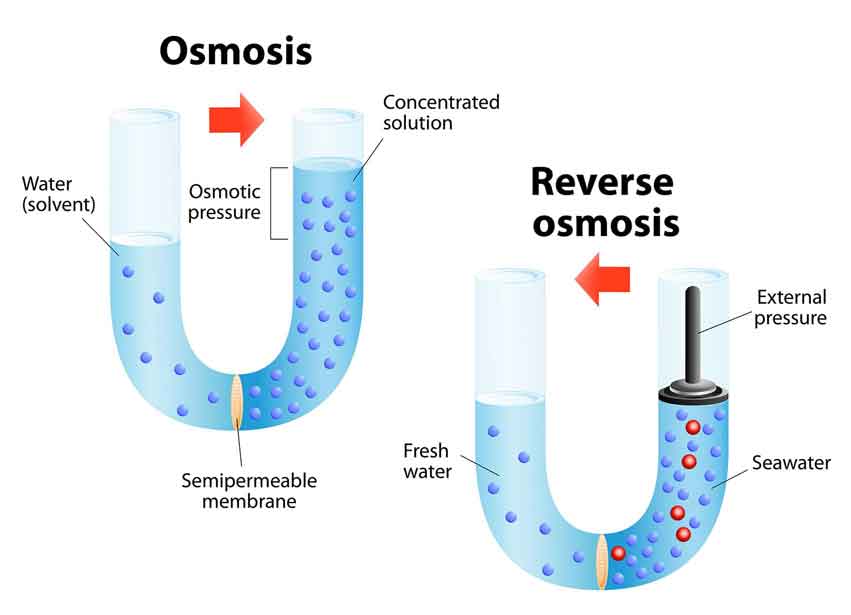The Link Between Water Treatment and Public Health

Water is fundamental to life, but there’s more to it than just H2O. One aspect, often overshadowed by discussions of contaminants and pollutants, is water hardness. The link between water treatment, water hardness, and public health is intricate and demands attention, especially as water hardness can vary significantly within states and even within cities.
Understanding Water Hardness
Water hardness is primarily determined by the amount of dissolved calcium and magnesium in water. However, it’s essential to remember that the values of water hardness can fluctuate based on specific locations. Moreover, how we classify water hardness might slightly differ, depending on the standards of various water quality organizations.
How is Water Hardness Measured?
Water hardness is typically quantified in parts per million (ppm) or grains per gallon (gpg). Here’s a snapshot:
| Hardness Level | Parts Per Million (ppm) | Grains Per Gallon (gpg) |
|---|---|---|
| Soft | 0-17 ppm | 0-1 gpg |
| Slightly Hard | 17.1-60 ppm | 1-3.5 gpg |
| Moderately Hard | 60.1-120 ppm | 3.5-7 gpg |
| Hard | 120.1-180 ppm | 7-10.5 gpg |
| Very Hard | 180+ ppm | 10.5+ gpg |
Discover Your Water Hardness
Curious about the hardness of water in your location? We’ve got you covered.
How It Works
Our water hardness tool offers a straightforward, user-friendly experience:
- Enter Your Zip Code: Input your zip code to obtain precise data for your specific location.
- Choose Your State: Use the dropdown menu to select your state, refining the search.
- Get Your Results: Click “Check Water Hardness” and instantly view the hardness level in both ppm and gpg. Your results will also indicate whether your water is “Soft,” “Slightly Hard,” “Moderately Hard,” “Hard,” or “Very Hard.”
Benefits of Our Water Hardness by Zip Code Tool
- Informed Decision-Making: Understand your water to determine the best water treatment options and suitable appliances for your home.
- Household and Business Applications: Knowledge is power. For homeowners, business owners, and property managers, grasping the water hardness can help optimize water use, save on maintenance costs, and elevate water quality.
- Personal Health: The taste and texture of your drinking water can be influenced by its hardness. Ensure you’re not just consuming, but savoring the best.
- Environmental Impact: Some water softening techniques might impact the environment. With knowledge about water hardness, you can adopt eco-friendly softening processes.
Conclusion
Water is more than a thirst quencher—it’s a factor in public health, equipment longevity, and even taste. By understanding water hardness, especially at a localized level like zip code specificity, we can tailor our responses, ensuring optimal health and equipment efficiency. Water might be universal, but its qualities and challenges are local. With tools like the water hardness checker, we’re one step closer to bridging that gap. Knowledge isn’t just power; it’s health, savings, and sustainability.
FAQs
- How can I find out the water hardness in my zip code?
Many local water utilities provide water quality reports that include hardness levels. Alternatively, various online databases or tools allow users to check water quality by zip code. - Can I treat hard water at home?
Yes! Home water softeners or conditioners can effectively reduce water hardness, providing softer water for household use. - Is drinking hard water harmful?
While hard water can have some minor health impacts, the consensus is that it’s generally safe to drink. However, be aware of its potential long-term effects and consult with health professionals if concerned. - Why does hard water leave a residue on appliances?
The calcium and magnesium in hard water can precipitate out when the water is heated, leading to scaly deposits on fixtures and appliances. - Do water treatment plants treat for hardness?
Not always. While some plants might adjust water hardness, many leave this aspect to individual households, especially if the hardness level isn’t excessively high.












